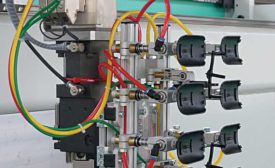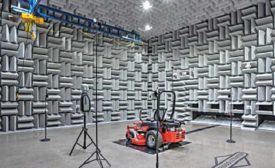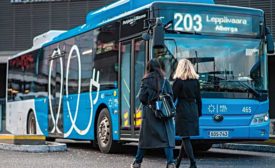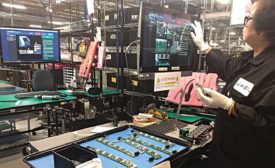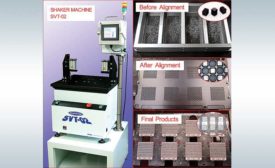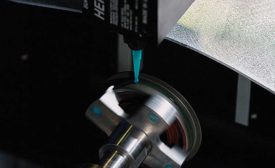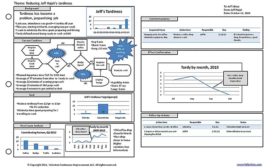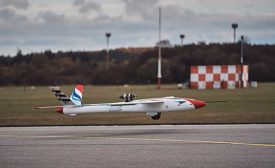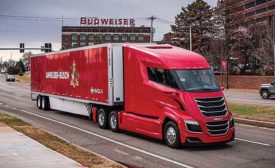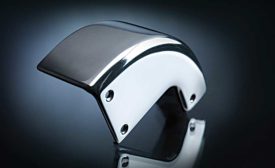Industries
Common Mistakes When Dispensing and Curing Light- Curing Adhesives
Avoid these common mistakes when dispensing and curing light-curing adhesives
March 5, 2020
Electric Vehicle Startups Ramp Up Production
Not since the early 20th century has the U.S. automotive industry seen so many startups
March 3, 2020
Never miss the latest news and trends driving the manufacturing industry
Stay in the know on the latest assembly trends.
JOIN TODAY!Copyright ©2024. All Rights Reserved BNP Media.
Design, CMS, Hosting & Web Development :: ePublishing
